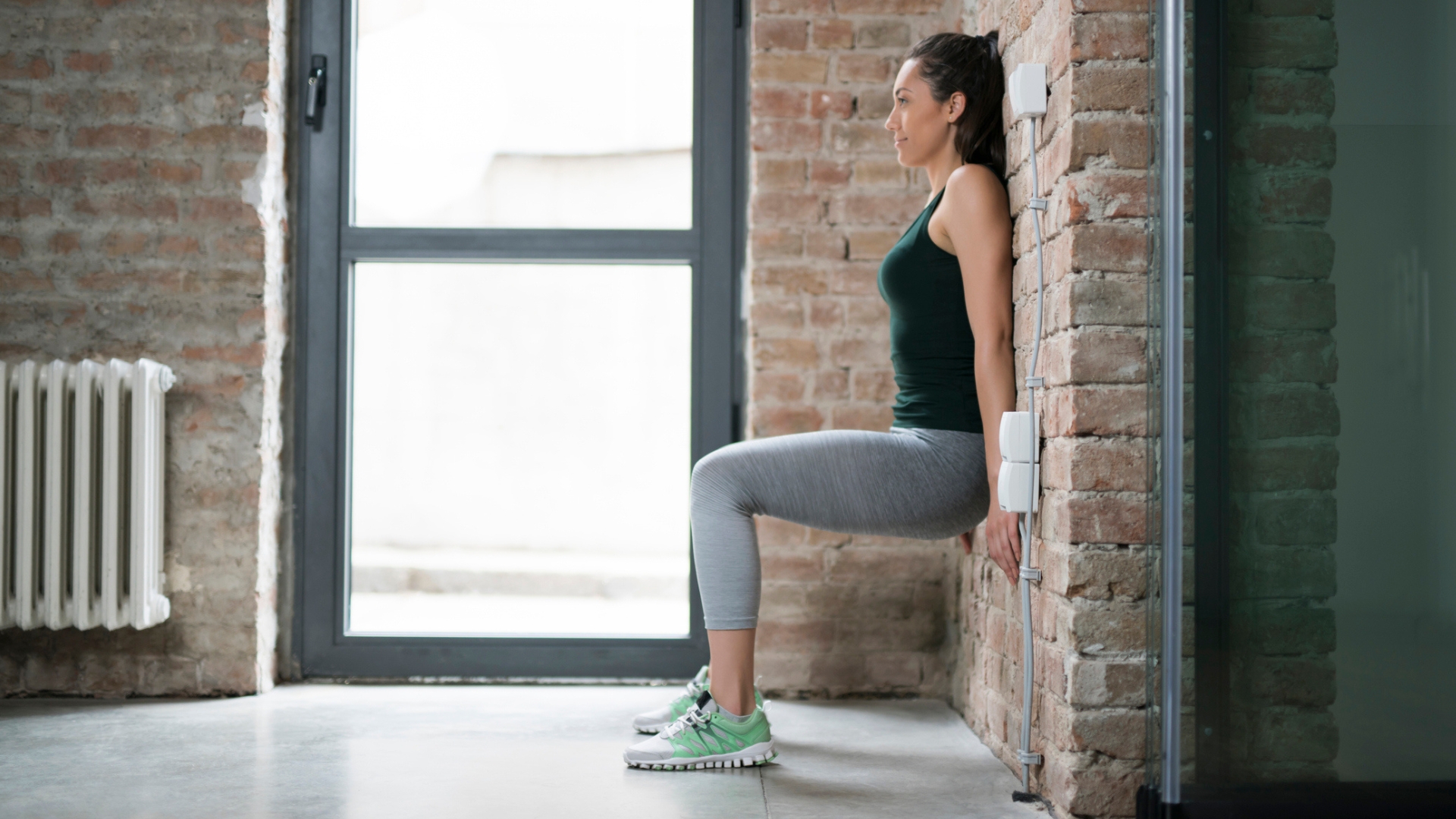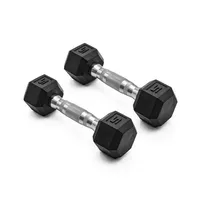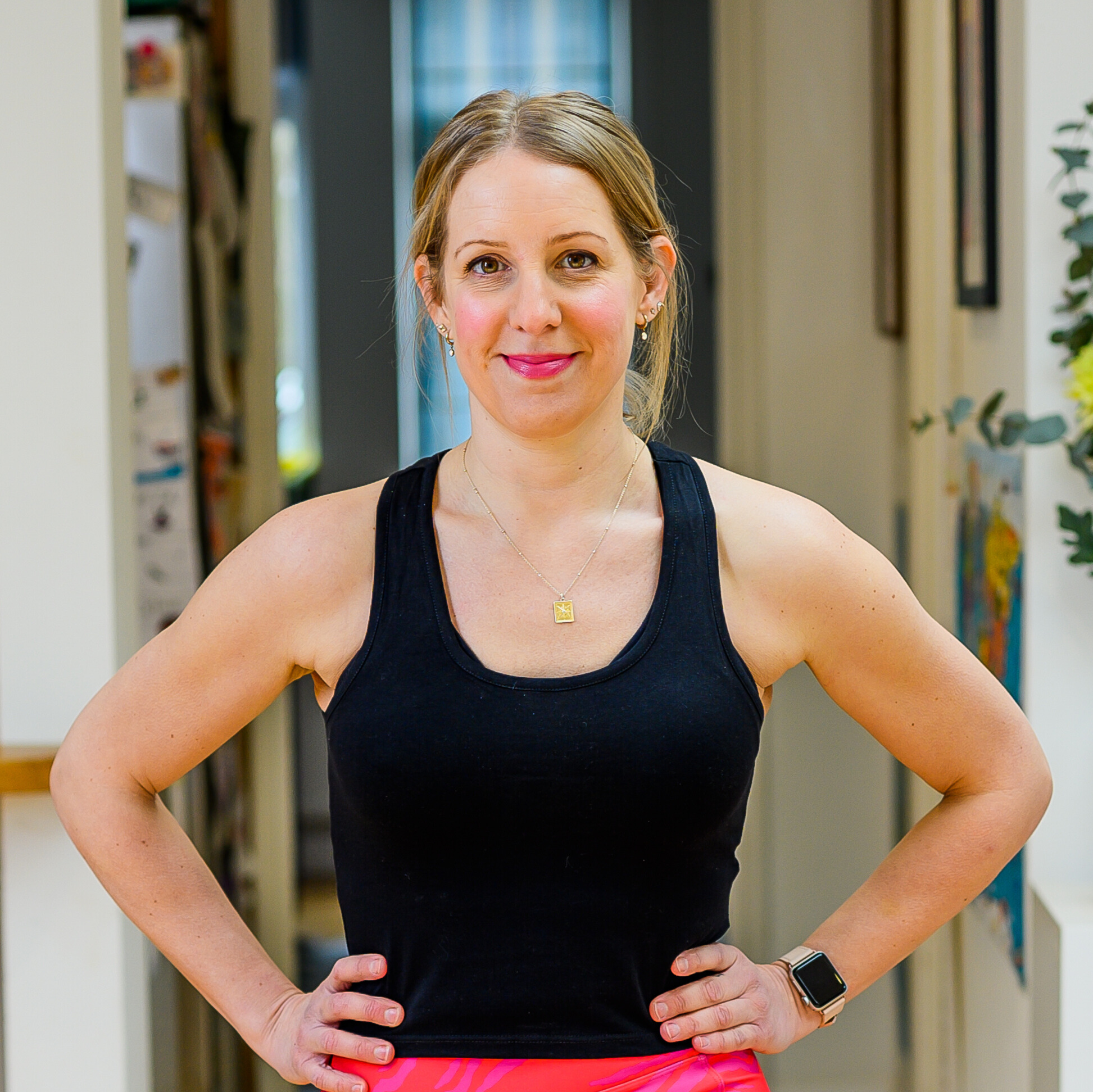Why I stopped doing crunches to build up my core and what I'm doing instead
Six moves that are more effective at training the deep core


Building a stronger core isn’t just about aesthetics—it can make everyday activities easier, improve exercise performance and even help you to stay pain-free. If you suffer from back pain, working on your core strength can be a game changer.
Crunches and sit-ups are often go-to abs exercises but as a personal trainer, I know there are other, better ways to work the core. That’s why I stopped doing crunches—not because I hate them or they’re ineffective—but because they don’t train the deeper muscles needed for stability.
Instead, I do isometric exercises—moves that strengthen muscles by holding a static position—such as the hollow hold, plank and wall sit. I also do anti-rotational movements, which involve resisting external forces trying to pull me out of position. These include the renegade row, plank shoulder tap and bird dog, which challenge the core muscles to work together to enhance stability and injury prevention.
I've programmed all of these moves together into a no-crunch core workout.
How to do my no-crunches core workout
A post shared by Personal trainer Oxford (Maddy Biddulph) (@maddybiddulphpt)
A photo posted by on
You will need a mat and a pair of dumbbells. I suggest 3kg for beginners, 5kg if you've been exercising for a while, and up to 8-10kg if you're especially strong. Spend at least 10 minutes warming up before the workout and another 10 minutes cooling down at the end.
Follow the repetitions and sets below and rest for one minute between rounds. Aim for three rounds, but start with one or two if you are new to exercise or returning after a break. Three rounds should take you in the region of 15 minutes (not including the warm-up and cool-down). You can add this routine to the end of a training session or do it as a standalone workout.
1. Hollow hold
Time: 20sec Rest: 15sec
Start your week with achievable workout ideas, health tips and wellbeing advice in your inbox.
- Lie on your back with your legs extended and arms by your sides. Engage your core by pulling your ribs down and flattening your lower back into the floor.
- Keeping your legs straight, raise your feet a few inches off the floor, and raise your head and shoulders off the floor too, extending your arms overhead and behind you. If this is too challenging, keep your arms by your sides and/or bend your knees.
- Hold, keeping your lower back pressed into the floor. If your back starts to arch off the floor, stop the exercise.
2. Plank
Time: 30sec Rest: 15sec
- On your front, prop yourself up on your forearms and toes with your elbows under your shoulders, palms flat on the floor. Your body should form a straight line from your head to your heels.
- Brace your lower abdominals and squeeze your buttocks to engage your core fully. Don’t let your hips drop or rise and keep breathing.
- Hold this position for 30sec, but stop earlier if you're unable to maintain correct form.
3. Wall sit
Time: 30sec Rest: 15sec
- Place your back against a wall, and bend your knees to slide down the wall until your thighs are parallel to the floor and your knees are bent at 90°.
- Hold this position, keeping your palms against the wall or crossed at your chest.
- Squeeze your core and buttocks to maintain the position.
4. Renegade row
Time: 30sec Rest: 15sec
- Start in a high-plank position on your hands and toes, holding dumbbells. Your body should form a straight line from your head to your heels.
- Lift one dumbbell to your hips, keeping your hips square to the floor and body stable.
- Lower the dumbbell under control and repeat on the other side.
- If this is too challenging, lower onto your knees.
Hex dumbbells are ideal for renegade rows because they provide a stable base, and there are discounts on some pairs of CAP hex dumbbells at Walmart.
5. Bird dog
Time: 30sec Rest: 15sec
- Start on your hands and knees with your shoulders over your wrists and hips over your knees.
- Extend one arm forward and the opposite leg backward. Maintain a stable torso, keeping your hips and shoulders square to the floor.
- Return to the start and repeat on the other side. Continue, alternating sides with each rep.
6. Plank shoulder tap
Time: 30sec Rest: 15sec
- Start in a high-plank position on your hands and toes, with your shoulders directly above your wrists.
- Tap your left shoulder with your right hand. Return to the start and tap your right shoulder with your left hand.
- Continue alternating sides, keeping your hips stable and square with the floor.
- If you struggle to keep your hips and torso stable, lower onto your knees.
Maddy Biddulph is a journalist specializing in fitness, health and wellbeing content, with 26 years in consumer media working as a writer and editor for some of the bestselling newspapers, magazines and websites in the US and UK, including Marie Claire, The Sunday Times and Women’s Health UK.
She is a CIMPSA-certified PT and works one-on-one with clients, as well as running Circuits Club classes which mixes cardio and strength training and chair-based exercise classes for seniors.

